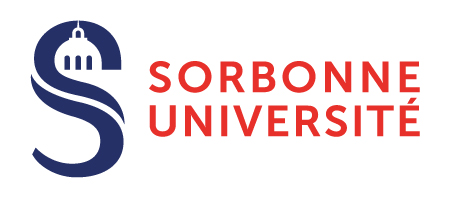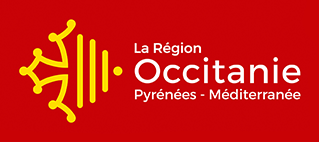 Observatoire Océanologique de Banyuls-sur-Mer
Observatoire Océanologique de Banyuls-sur-Mer
Mutualized Aquariology Service
The objectives of the Mutualized Aquariology Service (SMA) of the Oceanological Observatory of Banyuls-sur-Mer are to manage, from a technical and zootechnical point of view, all the tanks and associated populations of the public aquarium of the Biodiversarium and the research aquaria of OOB. It provides the scientific community with unconventional wild or farmed marine models, develops captive breeding of emerging model species or threatened species, and supports the scientific teams in the implementation of experimental systems using these models.
The originality of the service is linked to the fact that the team of 8 aquariologists that constitutes it, evolves between the very specific needs of public presentation of marine animals on the one hand (maintenance of the tanks by scuba diving, collections in the natural environment) and the very specific needs related to the rearing of a great diversity of species, under controlled conditions in order to satisfy the needs of the scientific teams hosted at the Oceanological Observatory in terms of marine organisms, on the other hand.
In addition, the service develops its own scientific and development programmes in order to answer conservation objectives of the public aquarium for sensitive species or, from a more prospective point of view, to propose new marine models to the scientific community. In this context, around 250 mediterranean species (fish and invertebrates) are kept in the public aquarium and nearly thirty species (mediterranean and tropical fish and invertebrates) are reproduced in the research aquarium, under controlled conditions, and constitute non-conventional marine models that are made available to scientists, particularly within the framework of the National Marine Biological Resources Centre (EMBRC).
The service is composed of 3 poles: "public aquarium", "research aquarium" and "teaching aquarium and live preys production".
Public aquarium pole

The Mediterranean Aquarium of the Biodiversarium houses about fifty tanks from 10 to 60,000 litres. Animals that are present in these basins are, for most of them, caught as juveniles and will be released back into the sea after a few months spent in the public aquarium in order to play their role of ambassadors for the visitors.
In this context, the main mission of the SMA's public aquarium team is to collect marine organisms in the natural environment, to realize their reproduction (if possible) in captivity (jellyfish for example), the maintenance of the tanks (particularly using diving techniques) and the zootechnical and technical monitoring of all the installations.
The team of the public aquarium pole provides support to the site's curator within the framework of in situ conservation programmes (monitoring of endangered species, invasive species, etc.). The Aquarium of the Biodiversarium is a member of the Union of Aquarium Curators and the European Union of Aquarium Curators.
Research aquarium pole

While the public aquarium of the Biodiversarium only houses species of local origin, the 200 aquariums of the SMA's research aquarium centre on the contrary house animals of both Mediterranean and tropical origin (corals, coral reef fish, etc.).
In this context, and in order to be able to respond to requests from resident scientists or scientists temporarily housed at OOB for scientific projects, the team at the research aquarium pole sets up breeding programmes for these species (supply of strains of controlled origin) and provides technical and zootechnical support to these scientists to develop their experiments.
The team of the research aquarium pole provides support to the site's curator within the framework of ex situ conservation programmes (reproduction in aquaria of sensitive or endangered species, for example).
Teaching aquarium and live preys production pole

Animals that are necessary for the teaching of marine biology and ecology are provided to students after their stay at the SMA. These animals come from the natural environment or are bred in captivity. Wherever possible, most of these organisms are recovered after the practical sessions and maintained within the aquariology department for future use. This management makes possible to significantly reduce the number of wildlife samples taken from the natural environment.
The aquarium teaching and live prey production centre also aims to provide phytoplanktonic and zooplanktonic living resources that will serve as a basis for the breeding of most of the species maintained in the service.










